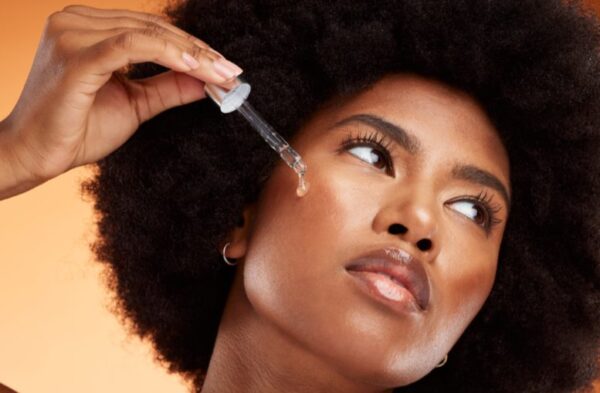Lifestyle
Everything you need to know about vitamin C serum

Vitamin C is one of the most popular ingredients in skincare. Even so, plenty of people are still in the dark about its skincare benefits.
You might be wondering, “Why exactly should I include a Vitamin C serum in my skincare routine?”
Before you go out and purchase some Vitamin C serum, let us look at everything you need to know about it – from its benefits, potential side effects, how to use it, what to look for on the label, and whether you can use it with other skincare staples.
The skincare benefits of Vitamin C serum
What is the role of Vitamin C in skincare? Well, Vitamin C comes in handy for a variety of skincare issues, especially when used as a serum. Compared to other Vitamin C treatments, such as lotions and cleansers, serums often contain higher amounts of active Vitamin C and have superior skin penetration.
Here are a few of the most important benefits of Vitamin C serums:
Reducing the appearance of fine lines and wrinkles: Vitamin C has antioxidant properties, which means that it can slow damage to cells caused by free radicals. It also enhances your skin’s ability to produce collagen, giving you a firmer, more youthful complexion. Combined, these two benefits reduce the formation and appearance of fine lines and wrinkles on your skin.
Brightening your complexion: With consistent use, Vitamin C can brighten your complexion and even out your skin tone without bleaching. That is because vitamin C inhibits the overproduction of melanin, the substance in your body that produces pigmentation in your hair, eyes, and skin. In this way, vitamin C will help reduce hyperpigmentation on your skin.
Hydrates your skin: Research shows that topical application of vitamin C has a hydrating effect. Vitamin C reduces transepidermal water loss, allowing your skin to better retain moisture.
How to use Vitamin C serum
The correct way to use Vitamin C serum is by applying it immediately after cleansing. A few drops are usually enough – more is not always better. Wait for the serum to dry before applying moisturiser. It is important to adhere to this order of application – applying other products before the serum could block your skin from absorbing Vitamin C.
If you are applying it in the morning, follow up your moisturiser with a broad-spectrum sunscreen with SPF 30 or higher.
Skincare ingredients you should not combine with Vitamin C serum
Generally, Vitamin C is safe to combine with most skincare ingredients. However, note that Vitamin C is an acid, which means that it should not be combined with other skincare acids such as AHAs (such as salicylic acid) and BHAs (such as glycolic acid).
Combining your serum with other skincare acids can change its pH, rendering it ineffective. It could also lead to skin irritation and redness.
Similarly, you should not use Vitamin C with benzoyl peroxide – which is often used to fight acne. Benzoyl peroxide is known to oxidise Vitamin C, also making it less effective. If you have both ingredients in your skincare, use benzoyl peroxide at night and Vitamin C in the morning or on different days.
Another skincare ingredient to be wary of when using Vitamin C serum is retinol. When both are applied simultaneously, they become less effective. However, it is safe to use retinol and Vitamin C at different times of the day. Experts recommend applying retinoids at night and Vitamin C serum in the morning.
Potential side effects of Vitamin C serum
The most common side effect of using Vitamin C serum is irritation. You might experience a tingling sensation, itching, and redness – especially if you are a newbie or have sensitive skin. Dermatologists recommend performing a patch test on your inner arm for a day or two before using a Vitamin C serum on your face.
Stronger Vitamin C serum formulations usually have a low PH, which can be irritating. For that reason, it is best to start with gentler formulations (less than 5 per cent) and work your way up to stronger ones.
What to look for in Vitamin C Serum labels
Bear in mind that different formulations of Vitamin C serum have varying concentrations – ranging from below 5 per cent to more than 30 per cent. If you are a newbie or have dry or sensitive skin, go for concentrations below 5 per cent.
Veteran Vitamin C serum users can go for stronger concentrations. However, most people find formulations above 20 per cent irritating.
Other than the concentration, make sure the label lists Vitamin C as one of the primary (first few) ingredients. While Vitamin C comes in several forms, the highest quality serums contain L-ascorbic acid, which is better at penetrating your skin.
Other Vitamin C derivatives on the label may include odium ascorbyl phosphate, ascorbyl palmitate, retinyl ascorbate, tetrahexyldecyl ascorbate, and magnesium ascorbyl phosphate. You should also check whether the product contains supportive ingredients, including Vitamin E, ferulic acid, and niacinamide.







